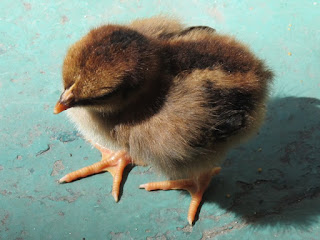 The Seven Signs in John are a great way to investigate Jesus with people who don't yet follow him. When someone is interested enough to want to know more, rather than 'teach' them about Jesus it may be better to help them discover Jesus for themselves by reading and unwrapping the seven signs.
The Seven Signs in John are a great way to investigate Jesus with people who don't yet follow him. When someone is interested enough to want to know more, rather than 'teach' them about Jesus it may be better to help them discover Jesus for themselves by reading and unwrapping the seven signs.Briefly, in John 20:30-31, John explains that of the many signs Jesus performed, he has chosen to write down just seven 'so that you may believe'. The first two signs take place in the village of Cana in Galilee where Jesus turns water into wine (John 2:1-12), and later heals the son of a royal official (John 4:46-54). The other signs are listed by Neil Cole on the CMA Resources website. I encourage everyone to read that article and also listen to Neil speaking about the seven signs.
Clearly, these signs are written for unbelievers so that they can come to faith in Jesus and receive new life. But can these passages from the book of John be of value to those who already believe? Yes, they can. Discussing the first two signs with a group of friends who are already fully involved in church life has been an interesting experience for me.
As we discussed the passages I noticed a growing awareness of the power and depth of John's words. The four questions suggested by Neil brought this out very clearly for my friends. They quickly understood the value of using the passages to see that people are just the same today as they were 2000 years ago and that Jesus is approachable and able to help ordinary men and women. They could also see how the passages demand a response and recognized that others need to hear these accounts of the signs for themselves.
Based on this experience I would say that believers benefit from the seven signs in a variety of ways.
- Recognising that the people in the Bible are 'just like us'. The Bible thus becomes more immediately relevant; it's no longer a book of merely historical and spiritual significance, but a book in which the Father and the Son deal with ordinary people in very practical ways.
- Seeing Christ himself in the pages of the Bible. Jesus, as described by John, is deeply relevant to us and to the people around us.
- Understanding the need to get people thinking for themselves. The best approach involves reading the verses together and asking questions.
- Viewing outreach as something we can all do. The seven signs are a very easy way to get started, either one to one or with a small group of interested people.
There is one caveat, however. There is a real danger that people who already follow Jesus may see the signs as a handy teaching technique. This misses the point. The whole idea is to encourage everyone to think for themselves. We don't need to teach people about Jesus, they will draw their own conclusions if we encourage them to read the passages and ask the right questions.
This fundamental shift in approach is something that may not come easily. But one way is to look at the way Jesus interacted with the people he met. And one way to do that is to try the seven signs for yourself, preferably as a group but if necessary on your own.



































